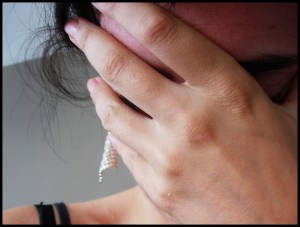Illness and infection can be a real headache for employers because germs can spread between staff in close quarters through a simple sneeze, the touch of a hand, or even by using the same equipment.
When contagious illnesses like flu or norovirus strike your business, they can lead to staff absence due to sickness, which reduces the overall productivity of your workforce. With a missing employee or employees, other staff members may have to pick up the slack, so they become overworked and are more susceptible to illness. Alternatively, the company may have to take on temporary staff to cover sickness absence, which could be an unexpected business expense.
So what’s the answer? Encouraging sick employees to return to work too soon can mean they are still contagious so illnesses spread all the more easily, but your business needs the man-power.
That’s why preventative action to reduce the spread of illness is important. Communicate the necessity of simple tasks like handwashing and sanitising through internal communications channels like posters and emails. You could even send employees a link to the video above.
For information about processes and procedures regarding sickness absence, get advice from your occupational health specialist. At OHBM we are more than happy to help you find ways to ensure your business suffers as little as possible from the effects of sickness absence. Just give us a call on 01625 268 609 today.



